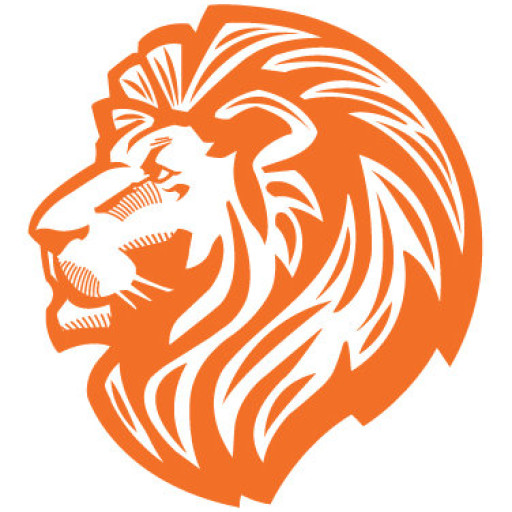Hi Everyone!
Given the work I am currently doing on Customer Experience, I wanted to share some thoughts on the two concepts in a bid to demystify them and add some clarity into how to use segmentation to harness the true potential in an organisation.
Customer segmentation is the clustering of customers used to organise resources, strategy, marketing and communication in a way that maximises outcomes based on main or key ‘strands’ of customer expectation, demographics, value, needs, wants and/or desires.
Customer Segmentation achieves the following:
- Informs organisational structure to maximise service delivery and product output
- Maximises awareness on how to serve customers based on global needs and expectations
- Creates specific customer journeys informing which touchpoints should go where
- Develops understanding on who our customers are, why they do business with us, and how to keep them satisfied and delighted
- Informs what experiences do deliver that maximise revenue, reinforce brand experience and deliver positive moments of truth
- Allows for the organisation to understand who they are creating value for
The difference between customer segmentation and target markets can be explained by the below:

Best practice is to firstly understand the customer segments. This creates a contextual frame for target markets, creating targeted sales and marketing efforts that maximise ROI. An inbalance between segmentation and target markets can translate into lost opportunities with existing customer base, the business losing focus doing too much general activity, and being everything to everyone.
There are three main types of customer segmentation:
Priori Segmentation: Uses a classification scale based on readily available or researched characteristics and demographics — such as industry, turnover, business type (Corporate, SME) and company size — to create the segmented groups of customers within a market.
Needs-based segmentation: is based on differentiated, validated drivers (aka needs) that customers desire for either a specific product or service being offered, or a number of services that can meet multiple customer needs. Segments are established based on those different needs rather than characteristics such as revenue growth or company size.
Value-based segmentation: differentiates customers by their economic value, grouping customers with the same value level into individual segments that can be distinctly targeted.
Archetypes: are personas or profiles that are created to personify types of customers that fit within a customer segment. This helps sales and marketing efforts by developing targeted and specific activities that maximise return and customer value.
On the other hand, a target market could be an industry, cluster of businesses or a subset of customers within a customer segment which has been identified as an opportunity for growth or customer acquisition. Businesses should use their strengths, potential and business opportunity (at a high level) to get clarity on what they do (aka what is their main business). They then segment their customer base before identifying target markets. See below:

In the example above, my main business is in Higher Education. My customers are segmented into the following: The flexible learner, the school leaver and the mature student. They all have distinct needs in learning, marketing and engagement. Based on the customer need and business service / product mix, our target markets are: regional NSW centres, private high schools and workplaces within a 15km radius to each campus.
The benefit in starting with segmentation (particularly needs based) is that the business can understand what the global needs are, get clarity on segment expectations on product or service delivery, and become more personalised and targeted in its innovation, marketing, communication and service experience delivery. Customer Segmentation should always show organisations the types of needs (present and future) and wants that may potentially span across multiple product or service divisions. Leaving business aligned to business stream, product or service focus creates silos and has all the potential for the business to lose opportunity in cross-selling and maximising business off its existing customer base.
For a business adopting a needs or value based segmentation, this is how segmentation and product / service or business streams horizontally align and cut through multiple segments, achieving multiple needs or points of value for the one customer segment:
 Some of the biggest mistakes made by organisations to look out for are:
Some of the biggest mistakes made by organisations to look out for are:
1. Target Markets become the driver for the business instead of exploring and satisfying customer segment needs- this is good as a short term focus, however long term, it means the organisation is reactive to the target market movements and potentially limits itself to what the target market is after (Example: ice cream company is driving the business to focus on growing sales within multiple target markets – from canteens, to homes, beaches and petrol stations).
2. Business Streams (also known as lines of business, product or services) are in the driver seat. When organisations have structured their business on what they can deliver they exhaust their efforts in thrusting their business in the customers face, or they use up their resources in acquiring new customers or trying to find customers that meet the needs of the business streams (Example: ice cream company has structured the business on 3 product areas – ice cream tubs, soft serve machine supply and individual ice cream products).
3. Segmentation isn’t broken down and integrated into the business – the strategy of segmentation needs to have its own life in the organisation, with archetypes, communication profiles, characteristics and priorities mapped out (Example: ice cream business develops segmentation but is not used outside of marketing or business functions).
Given I’m in the world of segmentation within the CX universe, I’m always keen to assist and guide others on the journey! Drop me a line or get in touch – always eager to talk all things CX!
What are your thoughts? Next week we will explore 3-dimensional segmentation that drives customer advocacy and grows revenues!

IPHkabGKFqUrjYn
NmVoXgFrWuKxisU